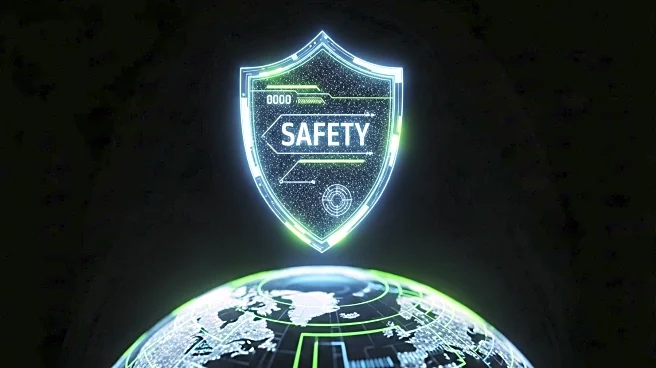What's Happening?
A technology training specialist has created a gamified approach to teaching digital citizenship to K-6 students, addressing the lack of resources for this age group. The initiative involves a game aligned with ISTE standards, presenting students with engaging scenarios to develop critical thinking skills in navigating social media misinformation. The game prototype was tested with students, revealing different preferences among first and second graders, which led to the development of grade-specific experiences. The project includes a suite of resources such as lesson plans and printable detective badges to enhance classroom learning.
Why It's Important?
This initiative is significant as it addresses the growing need for digital literacy among young students in a tech-driven world. By equipping children with critical thinking skills early on, the program aims to foster a generation capable of discerning misinformation on social media platforms. The gamified approach ensures that learning is engaging and effective, potentially setting a precedent for educational methods in digital citizenship. The broader impact could inspire educational systems globally to prioritize digital literacy in early education, preparing students for future challenges in the digital landscape.
What's Next?
The next steps involve expanding the reach of these resources to protect students from misinformation through content filtering solutions. The project aims to serve not only local students but also inspire a global movement towards integrating digital literacy into early education curricula. As the initiative gains traction, it may lead to collaborations with educational institutions and policymakers to further enhance digital citizenship education.
Beyond the Headlines
The development of gamified digital citizenship lessons highlights the ethical responsibility of educators to prepare students for the complexities of the digital world. It underscores the importance of adapting educational strategies to meet the evolving needs of students in a rapidly changing technological environment. This approach may also influence cultural perceptions of education, emphasizing the role of interactive and engaging methods in effective learning.










